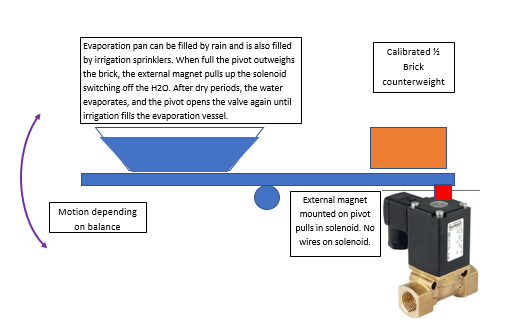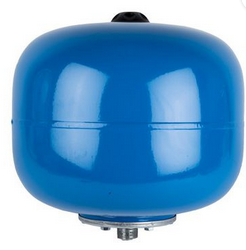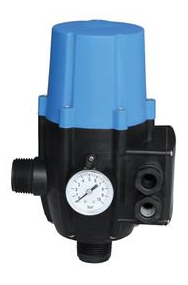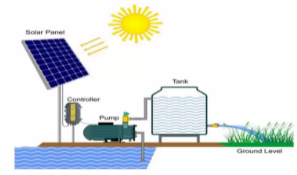For most modern houses, the entire house is balanced. This means the high water pressure comes to a pressure control valve like this:
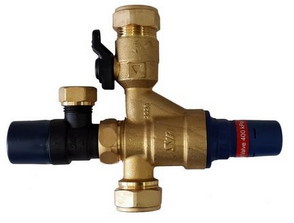
And then all other cold supply points in the house branches off after this device. The idea is that at any point that there is a hot connection as well, the two are at the same pressure, and therefore mixers work correctly.
Of course there might be the odd connection that does not branch off after the pressure control valve (ie they are unbalanced). For example, faucets outside the home might just tap directly from the High Pressure supply (cause it doesn’t matter, nothing to balance).
In older houses, before there was mixers, the cold supply for a bathroom might also be unbalanced, because back then you had two different taps which you manually adjusted to get the right temperature, something we inherited from the standard British plumbing setup.
Also, sometimes a plumber will simply plumb a toilet or a washing machine into the balanced side, even though there is no need for balancing (cold only supply), simply because the pipe is right there and it is pointless to put an extra pipe in.
As a result, many houses built in the last 30 years or so have everything (except outside faucets) running from the balanced supply. Which means that if you push your alternative supply into the system right before that pressure control valve, you will have everything supplied except the mentioned outside points.
Now in my house, built in 1975, that is ALMOST the case. It works perfectly for everything downstairs, but the upstairs bathrooms have an unbalanced cold supply. So their cold water taps have no backup supply.
There is however a naughty way of making it work. If I close the cut-off on the street (right after the water meter) and open the relevant valve, I can push water backwards into the rest of the house and have everything work. But this is not really legal. In fact, the changeover setup itself should be designed so that water cannot flow back into the city’s reticulation system… and if you ever need to sell the house, it needs to be compliant or you have to remove it 
